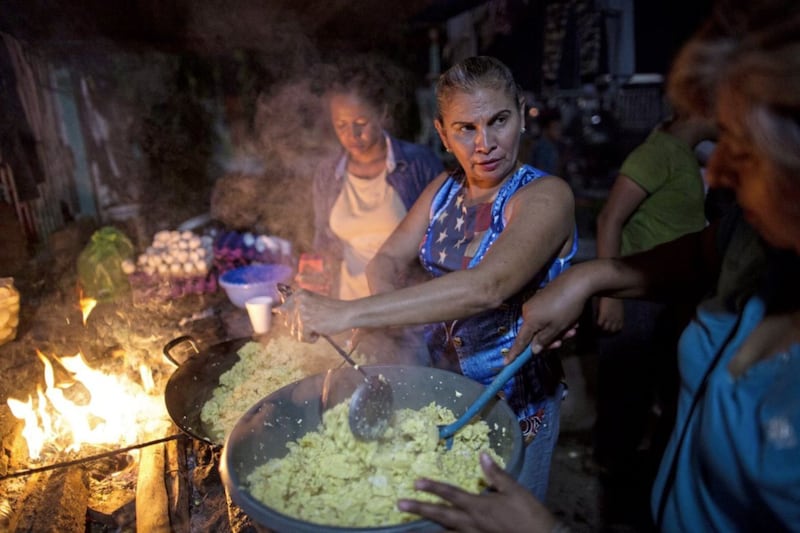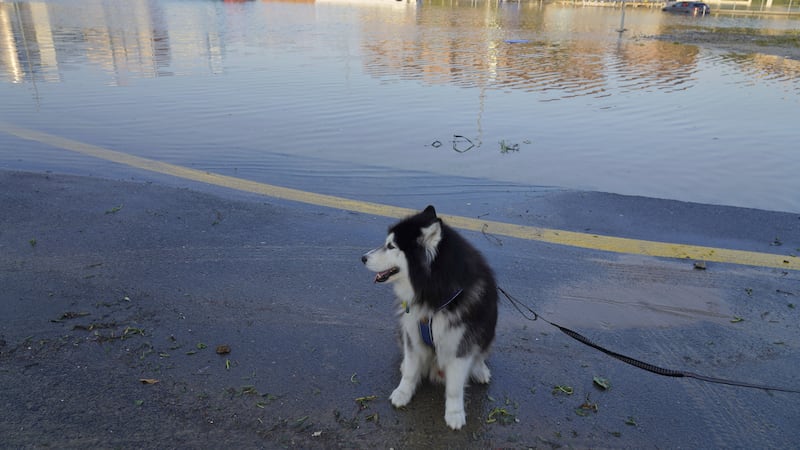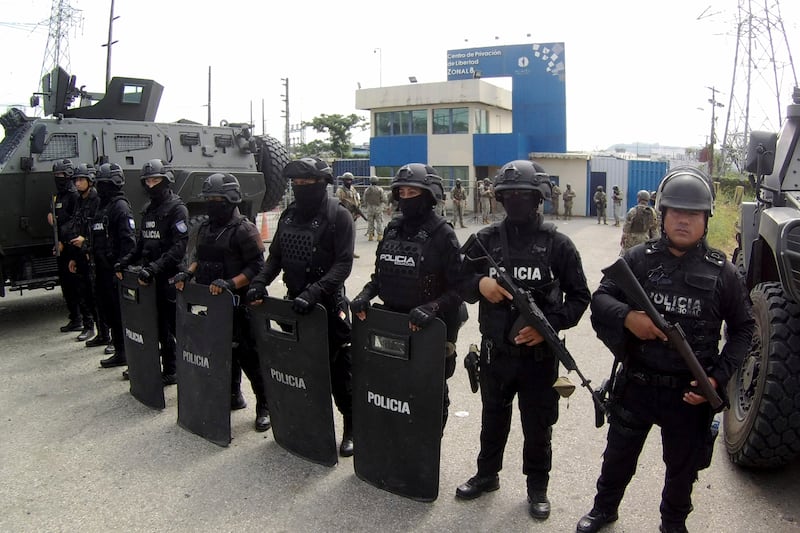If a mother’s tears could be harnessed they would be the most powerful force on earth.
In Honduras, mothers have traditionally watched their adult children set off on the arduous journey to the US border; a journey through Guatemala and Mexico which leaves them vulnerable to criminal gangs who need a steady supply of people if they are to make money through kidnap, ransom, human and sex trafficking.
Now it is increasingly mothers with young children who are undertaking this journey. It is not a decision made on a whim; the risk to life is too high.
It is common for a family to lose touch with their loved one and be left wondering if they’re dead, held against their will, or have reached the US and are in a detention centre while their immigration application is processed.
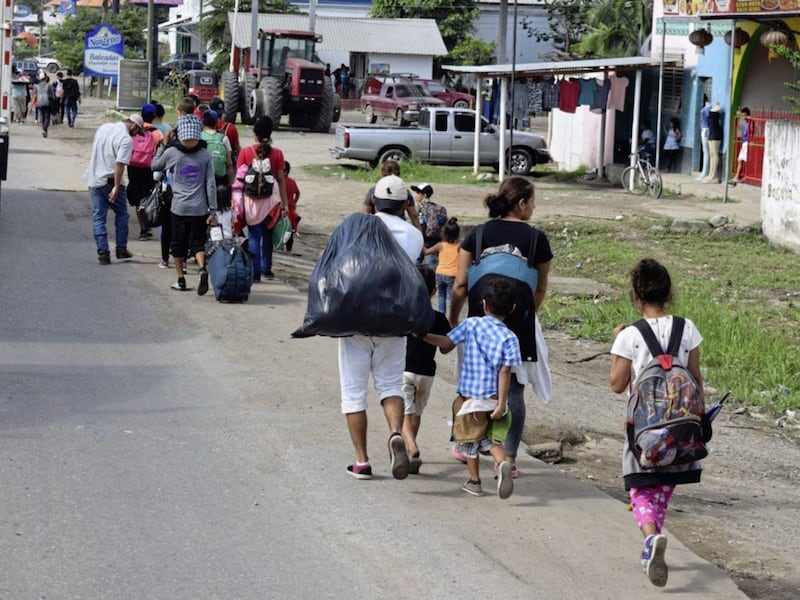
A group of mothers in this situation set up the campaign group Cofamipro - the Committee of Family Members of Disappeared Migrants of El Progreso - which is part of the Trócaire-funded Forum of Migration in Honduras.
Rosa Nelly Santo (62) is one of its coordinators.
“Cofamipro was created from the anguish, the lament, the despair, the pain of not knowing what to do when we have family members who have disappeared,” she explained.
The idea of safety in numbers appeals to migrants and large groups who leave together, on foot, are known as caravans.
Cofamipro organises an annual caravan for mothers whose loved ones are missing and they carry photographs, visiting bars, brothels and shelters along the main routes; anywhere that might provide a clue.
Should they get the worst news, the Argentine Forensic Anthropology Team identifies remains and Cofamipro helps to organise repatriation.
Cofamipro wants the government to do more to halt migration, the causes of which are multiple but, in the broadest terms, is attributable to poverty and violence.
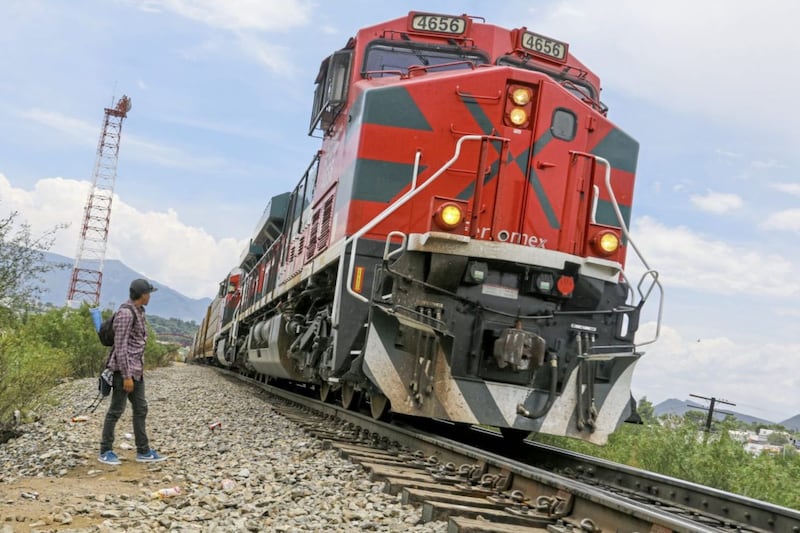
Read more:
- Part one - Berta Cáceres was murdered in Honduras, the deadliest country in the world to be an environmental defender
- Part two - Honduras is selling off its natural resources to the highest bidder, environmentalists claim
One woman who knows the pain of believing a child was lost to her is Leticia Martinez.
Desperate to provide a better life for her three young children, Leticia’s daughter left Honduras 16 years ago, placing the little ones in their grandmother’s care.
For eight months Merza spoke to her mother by telephone, then the calls stopped.
“She didn’t know the numbers here had changed, she insisted on calling and calling and she thought that I did not want to know anything about her any more,” Leticia said.
“She attempted to come here; she had been there for five years but she also knew she had left three kids here. It’s not easy to leave with a backpack full of hopes and then come back empty handed.”
On October 14 2018 she made contact with her daughter thanks to social media sleuthing and at 5.30pm that day they spoke on the phone for the first time in 14 years.
Her daughter was married and living “in even poorer conditions” in Mexico with three more children, Leticia says.
She is 42 now and owns a shop. Her life is in Mexico because if she was to try to start a business in Honduras “the gangs will start asking for extortion money”.
While Cofamipro helps mothers of the ‘disappeared’, human rights organisations note the growing number of children on the migration route.
In 2018, 22,730 children and minors were deported to Honduras, mainly from the US and Mexico.
It is estimated that 9,000 people leave every month and some pay 'coyotes' to smuggle them into the US.
The majority of people strike out on foot. It’s a treacherous journey that takes around two months; dependent on the generosity of people along the way for food and water, sleeping where you can and at risk from gangs.
According to a 2017 report from medical charity Médecins Sans Frontières MSF (Doctors Without Borders), migrants from Central America’s northern triangle countries – Guatemala, Honduras and El Salvador - “tell of being tortured and abused” to make them reveal contact information for family so gangs can demand a ransom or inflict punishment for delayed payments.
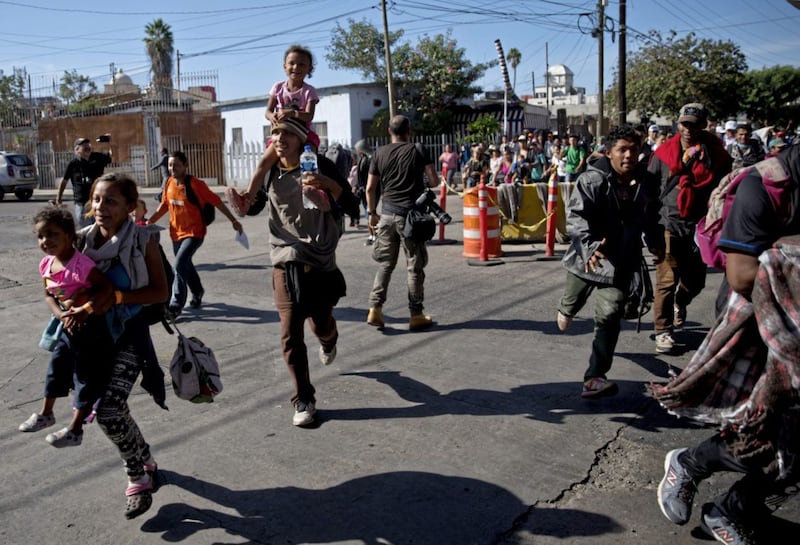
'A gang tried to recruit my 10-year-old child'
Yolanda González Cerdeira from the Jesuit-funded Equipo de Reflexión, Investigación y Comunicación (ERIC) describes the exodus as “forced migration, not voluntary”.
Honduras has one of the highest homicide rates in the world and gangs control swathes of the country, using extreme violence to exert power.
ERIC staff join caravans as independent witnesses.
One parent told ERIC they were fleeing because a gang had tried to recruit their 10-year-old.
In its report, MSF said the violence suffered by people in the northern triangle countries was “comparable to the experience in war zones where MSF has been present for decades”.
Yolanda says: “It’s easy to hold this position and blame gangs for migration and this is a narrative that the government wants to push as well, but there are many reasons”.
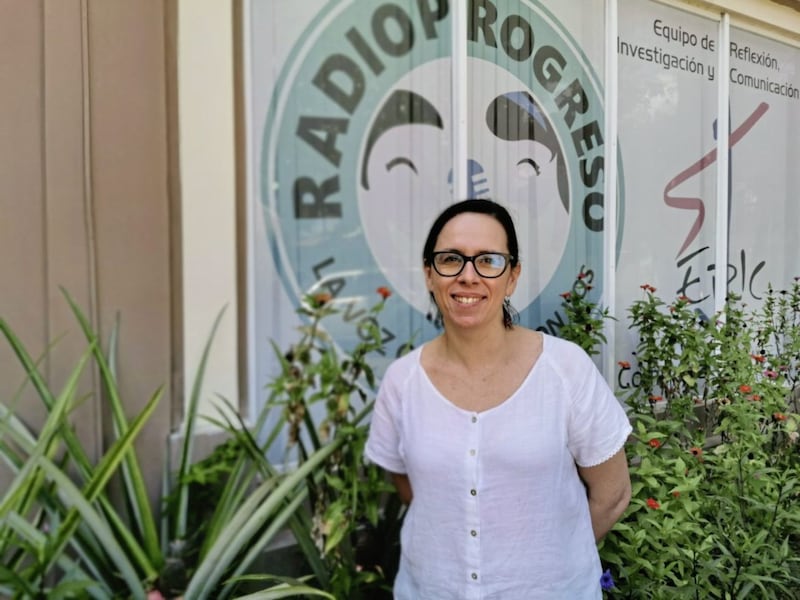
According to Unicef, more than one million school-age children in Honduras do not attend school. Six in 10 rural households live in extreme poverty, surviving on less than $2.50 a day.
“And so people wonder why the face of migration is the face of a woman most often - that is because the faces of poverty and violence in this country are most often women.”
'There are many ways women are cornered into slavery'
Female migrants face huge risks and many get the contraceptive injection before departure.
“This is done without any drama, like a natural thing, because they acknowledge the possibility of being raped or being coerced into sex in order to gain protection...” she explains.
Trafficking is a revenue source for Mexican cartels.
“There are many ways women are cornered into slavery,” Yolanda says.
It is said that 80% of female migrants suffer sexual violence but the true figure will never be known as such crime is under reported the world over.
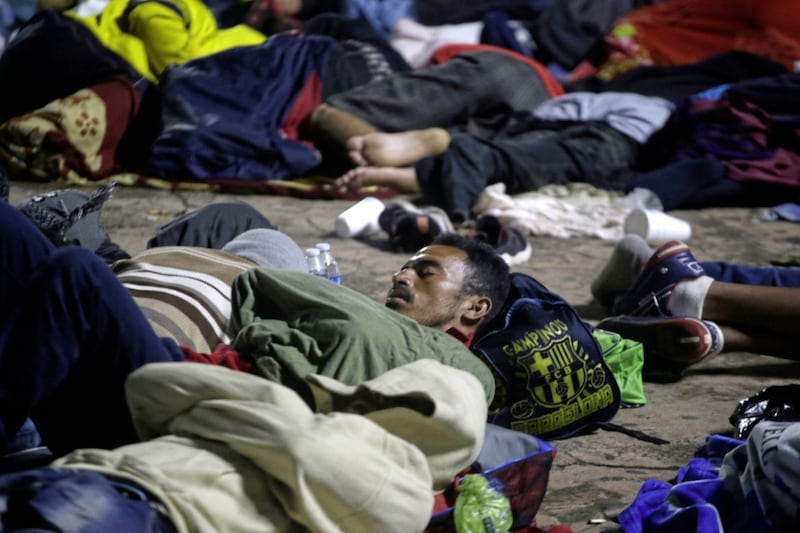
Internal displacement is another form of forced migration. Honduras has the highest unemployment levels in Latin America and suffers from acute environmental vulnerability, prone to hurricanes, floods and drought.
Environmentally destructive industries such as logging and hydroelectricity have led to violent land disputes and communities left without access to water.
ERIC records some 73,000 people having been internally displaced between 2014 and 2018.
Yolanda said numbers have increased since president Juan Orlando Hernández was first elected in 2014. He was elected for a second term in disputed circumstances with observers from the European Union and the Organization of American States documenting election irregularities.
The US is outsourcing its border and asylum requests
The US is Honduras’s biggest aid donor and the migration journey has changed in recent years. New US immigration laws make it difficult to physically cross the border and Mexico now deports more people than the US, especially minors.
During the Obama administration a senior Homeland Security official said the Guatemala/Mexico frontier was “now our southern border”.
America is also outsourcing asylum requests under the so-called Third Safe Country Agreement which allows it to send an asylum seeker to any of the countries they have transited through, to apply there.
Honduras, Guatemala and El Salvador have signed up; each has high crime rates and gang violence and therefore unable to offer asylum.
A second policy, dubbed Remain In Mexico, means asylum seekers no longer have their appeal heard in the US, but via videolink from a tented courtroom in Mexico.
To date some 60,000 people have had to stay in makeshift camps in border towns and cities while their application is processed. The US State Department considers some of these places as dangerous as Syria and Iraq and advises its citizens not to visit.
As of May 13 advocacy group Human Rights First had documented 1,114 reported cases of murder, rape, torture, kidnapping and violent assaults against asylum seekers and migrants returned to Mexico.
Deporting someone can be a death sentence. In 2016 a United Nations’ special rapporteur noted: “When back in Honduras and in their communities of origin, many of those migrants are faced with the same old threats they have tried to escape from. Some of those have been killed by gangs or criminal groups within days or weeks of their return to the country.”
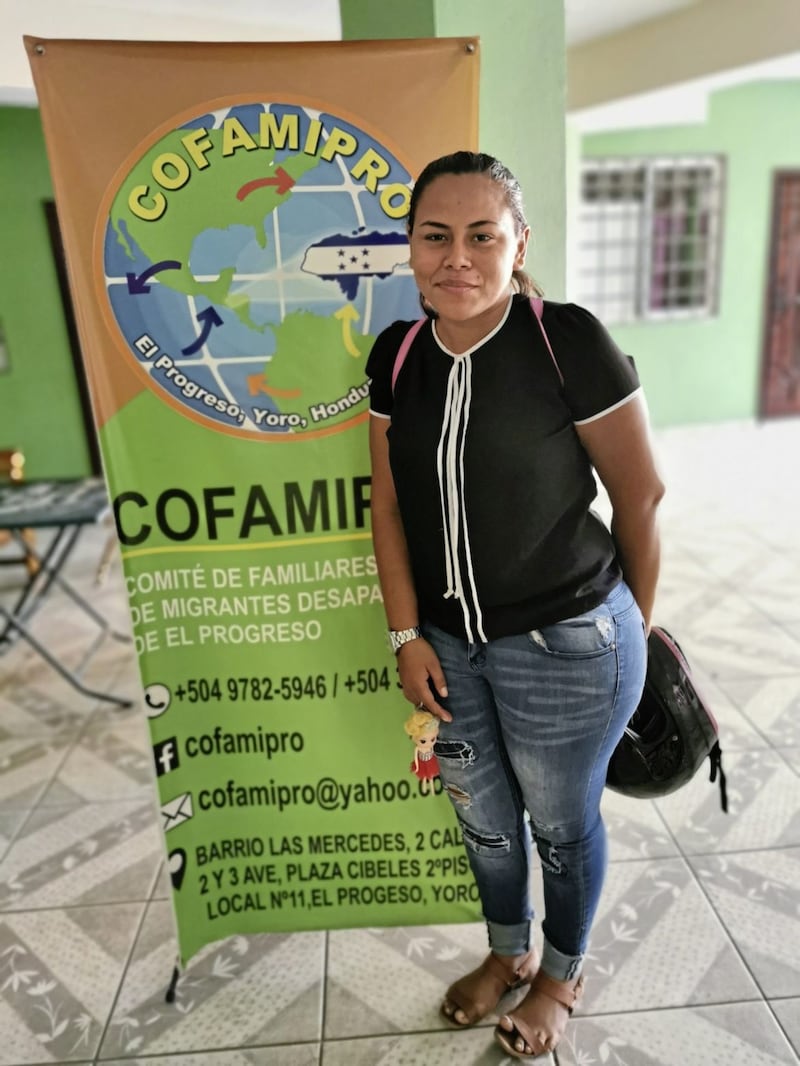
'I don’t want to go and stay there and live forever. I just want to build something up'
Keilin Anamin Anariba Amaya is 22 and from El Progreso. She has tried to reach the US several times and last year entered illegally which led to a stay in detention centres and deportation.
“They kept me caged for about three months,” is how Keilin describes it.
She says she was initially kept for 20 days in what is known as the ice box.
“The cold was killing me… There was a lot of air conditioning.”
She adds: “I wanted to die because I thought if I can’t get out of this situation I will die.
“I remember two or three days before leaving California, where they kept us in isolation, I wasn’t eating any more... I remember just laying down and I just drank water and an immigration officer came and asked if I had died yet. They didn’t care that I wasn’t eating.”
Keilin says she was offered the choice of pursuing an asylum claim or deportation.
“There was a police officer at the immigration centre who... looked me right in the face and said ‘Don’t think we will be made fools of by you.’
“...He yelled at me ‘Do you want your deportation?’ and I said ‘Yes’ and he yelled again “Do you want your deportation?”. I yelled even louder ‘Yes. Don't you listen to me?’”
Keilin had entered the US with a group of around 50 and said their capture was a frightening experience involving “helicopters and drones”.
She says the armed US officials “were aggressive and angry” and a three-year-old boy cried out “they’re going to kill us”.
Keilin tried again to reach the US in January of this year in a caravan of 3,000 people. She brought with her two changes of trousers, several t-shirts, underwear, a jumper and 3,000 lampera (£100).
The caravan was “ambushed” by marines in the Mexican city of Tapachula, in an incident which made international headlines.
Keilin says she was requesting a humanitarian visa to enter Mexico but the authorities prevented their passage through a checkpoint at the Guatemala/Mexico border. The people then tried to cross a river but the Mexican National Guard fired tear gas, pushing them back.
“They were capturing children so that people would be prevented from walking or running,” she says.
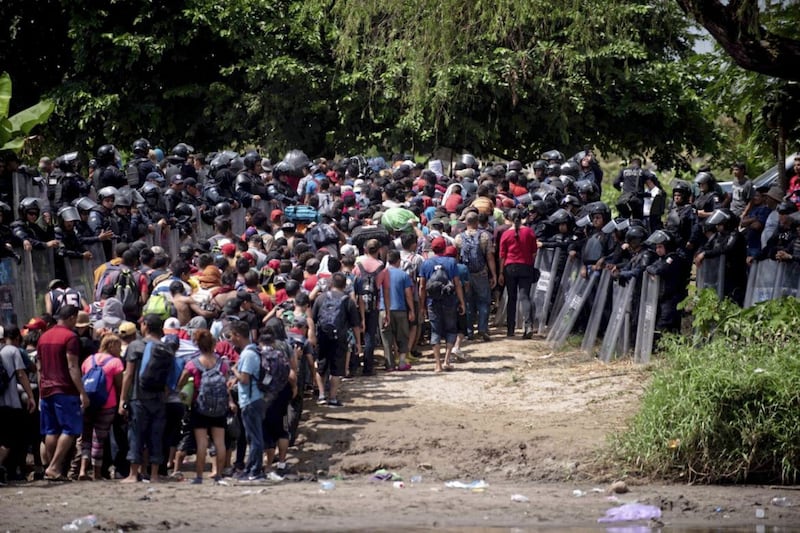
A few days later they forded the river at a different point and as they walked towards Tapachula a man in a passing vehicle told them “They are preparing an ambush for you”.
Keilin says they were met by “police officers and marines lining up on the streets, surrounding us, they had cornered us, there was no way out”.
“We began hearing them banging their poles on their shields and making noise with their boots on the road.
“We all decided to hold hands to make a human chain. When we saw that they were approaching us in front we decided to run away. Some people managed to escape, very few people, but most of them were grabbed.”
She says Mexican authorities again fired tear gas. She was one of many detained and returned to Honduras.
Migrant rights defenders have criticised the use of force in the city and at the river.
Keilin cannot apply for asylum in the US for 10 years because of her deportation but that will not stop her from trying to enter the country again. For her it’s the only way she can see to improve her family’s lot in life.
“I don’t want to go and stay there and live forever. I just want to build something up so I can have something back here and have a home here. That’s my dream, to help my family.”
Read more:
- Part one - Berta Cáceres was murdered in Honduras, the deadliest country in the world to be an environmental defender
- Part two - Honduras is selling off its natural resources to the highest bidder, environmentalists claim
To donate to Trócaire:
- visit www.trocaire.org/donate
- Telephone 0800 912 1200 from NI or 1850 408 408 from ROI
- By post at Trócaire, 50 King Street, Belfast, BT1 6AD
